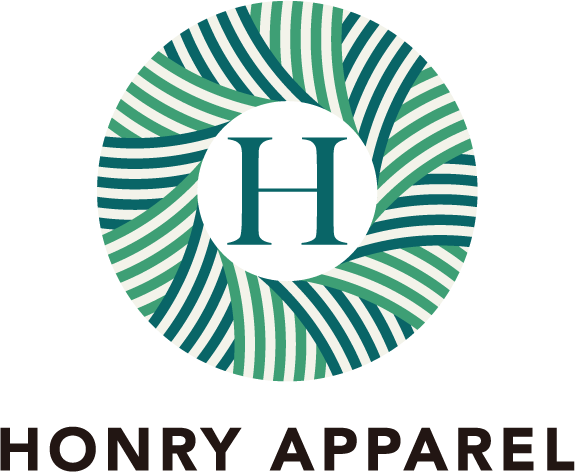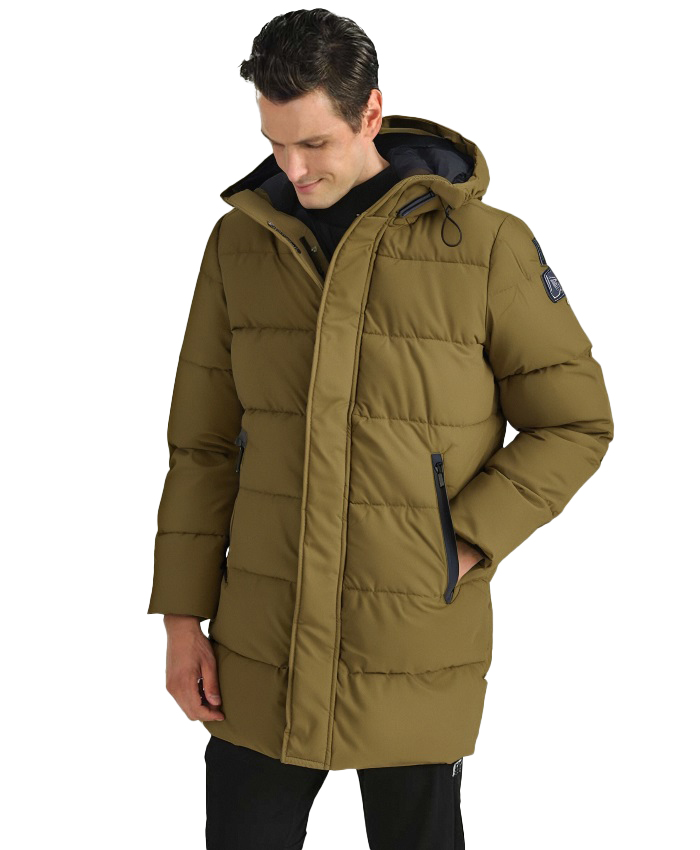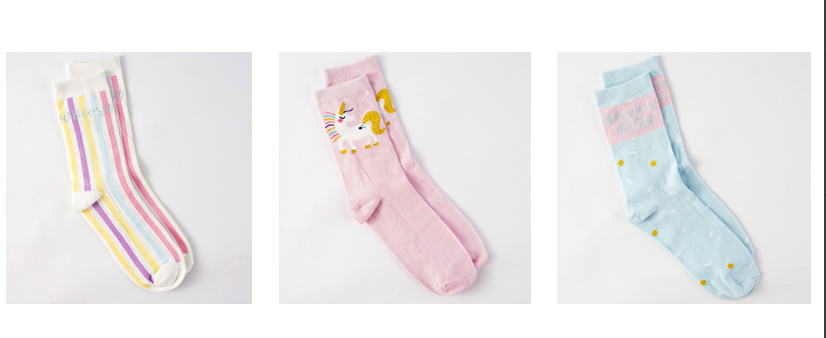In the competitive world of fashion retail, partnering with the right women’s clothing manufacturers can make or break your brand. From staying on top of trends to ensuring consistent quality, the right manufacturing partner acts as the backbone of your business. This guide will walk you through everything you need to know about sourcing from women’s clothing manufacturers, suppliers, and factories—with a focus on key strategies to streamline your search and build successful long-term partnerships.
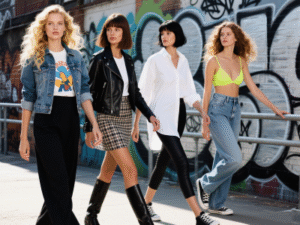
Why Choosing the Right Women’s Clothing Manufacturer Matters
The fashion industry thrives on speed, quality, and relevance, and women’s apparel is no exception. A reliable women’s clothing manufacturer doesn’t just produce garments—they understand market trends, meet tight deadlines, and maintain standards that align with your brand’s reputation. With a global search volume of 880, “women’s clothing manufacturer” is a top keyword for businesses, reflecting the high demand for trusted production partners.
Consider this: 60% of consumers say product quality directly influences their loyalty to a clothing brand (Fashion Institute Report, 2023). A manufacturer that cuts corners on fabric or stitching can damage your brand’s image, while one that prioritizes craftsmanship can turn first-time buyers into repeat customers. Similarly, women’s apparel manufacturers and women’s wear manufacturers (both with 880 search volume) that offer flexibility—whether for small-batch test runs or large seasonal orders—give your business the agility to adapt to market changes.
Key Players in Женская одежда Sourcing: Manufacturers vs. Suppliers
When building your supply chain, it’s essential to distinguish between manufacturers and suppliers—and know when to work with each:
Women’s Clothing Manufacturers: Full Control Over Production
A women’s clothing manufacturer handles the entire production process, from pattern-making to cutting, sewing, and finishing. They often work with raw materials directly, allowing you to customize designs, fabrics, and details (like buttons or prints) to match your brand’s vision. This level of control is ideal for brands with unique aesthetics or niche audiences—for example, sustainable labels that require organic fabrics or inclusive sizing lines that need specialized grading.
Women’s Apparel Suppliers: Convenience and Variety
Women’s apparel suppliers and women’s clothing suppliers (with 880 and 390 search volume, respectively) act as middlemen, sourcing finished or semi-finished products from multiple manufacturers. They’re a great fit if you need to quickly stock up on trending items (like summer dresses or blouses) without investing in custom production. Suppliers often offer lower minimum order quantities (MOQs) than manufacturers, making them perfect for startups or businesses testing new product lines.
For example, if you run an online boutique and want to add a range of casual dresses to your inventory, a dresses supplier (390 search volume) can provide ready-to-ship styles in bulk, saving you the time and cost of developing designs from scratch.
Top Tips for Vetting Women’s Clothing Manufacturers
Not all manufacturers are created equal. Here’s how to identify partners that align with your business goals:
1. Check Their Specializations
Some manufacturers excel in specific categories. For instance, a dresses manufacturer (880 search volume) may have more expertise in garment construction for flowing fabrics, while others focus on knitwear or outerwear. If your brand specializes in dresses, prioritizing a manufacturer with a proven track record in this category ensures better fit, finish, and attention to detail.
2. Evaluate Production Capacity
Do they have the bandwidth to scale with your business? A women’s clothing factory (320 search volume) with large-scale production capabilities is essential if you plan to expand into retail chains or run seasonal sales that demand high volumes. Ask for case studies or references—reputable factories will share examples of past clients they’ve supported during peak seasons.
3. Assess Quality Control Measures
Request samples before placing a bulk order. Examine stitching, fabric durability, and consistency (e.g., color matching across sizes). A manufacturer that offers third-party quality certifications (like ISO 9001) or transparent quality checks demonstrates a commitment to excellence.
4. Compare MOQs and Lead Times
Smaller brands may need manufacturers with low MOQs (e.g., 50-100 units per style), while larger businesses might prioritize factories that can handle 1,000+ units. Similarly, lead times vary—custom designs may take 8-12 weeks, while stock styles from a women’s apparel supplier could ship in 2-4 weeks. Align these timelines with your launch or restock schedules to avoid delays.
Leveraging Bulk Orders for Cost Savings
Bulk purchasing is a strategic way to reduce per-unit costs—and keywords like “bulk women’s clothing” (320 search volume) and “bulk dresses” (210 search volume) highlight this trend. When ordering in bulk:
- Negotiate better pricing: Manufacturers often offer discounts for large orders, especially if you commit to repeat business.
- Streamline logistics: Fewer shipments mean lower shipping and handling costs, as well as reduced administrative work.
- Ensure stock consistency: Bulk orders minimize variations in fabric or sizing that can occur with multiple small runs.
For example, a bulk dresses order from a trusted manufacturer ensures your retail store has consistent stock during wedding season or summer sales, avoiding the risk of selling out and disappointing customers.
Navigating Trends: What’s Hot in Women’s Apparel
To stay competitive, align your sourcing with current trends. Here’s what’s driving demand in 2024:
- Sustainable fabrics: Consumers are prioritizing eco-friendly materials like organic cotton and recycled polyester. Ask manufacturers about their sustainable sourcing practices—this can be a key selling point for your brand.
- Versatile basics: Timeless pieces like tailored blouses and slip dresses remain staples. A bulk blouses (20 search volume) order from a reliable supplier ensures you always have these wardrobe essentials in stock.
- Customization: Brands are offering personalized touches, from monogrammed dresses to made-to-measure sizing. Partnering with a custom dress manufacturer (30 search volume) can help you cater to this niche but growing market.
Conclusion
Finding the right women’s clothing manufacturer or supplier is a journey that requires research, communication, and alignment with your brand’s values. By focusing on quality, production capacity, and trend relevance—and leveraging keywords like “women’s clothing manufacturer,” “women’s apparel supplier,” and “bulk women’s clothing” to guide your search—you can build a supply chain that supports growth and customer satisfaction. Remember: the best partnerships are collaborative, so prioritize manufacturers and suppliers that listen to your needs and work with you to overcome challenges. With the right team in place, your women’s apparel business will be poised to thrive in a dynamic market.

